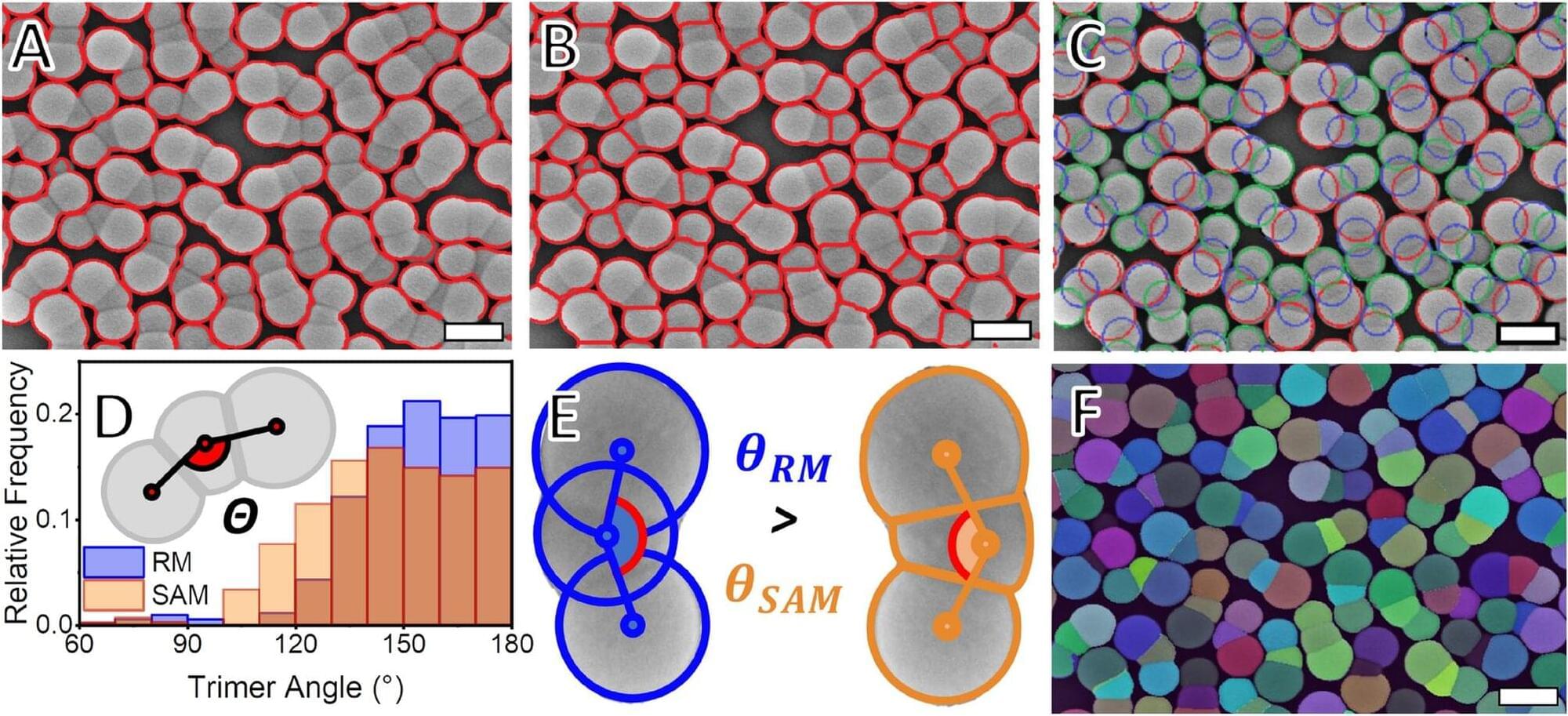Nanoparticle researchers spend most of their time on one thing: counting and measuring nanoparticles. Each step of the way, they have to check their results. They usually do this by analyzing microscopic images of hundreds of nanoparticles packed tightly together. Counting and measuring them takes a long time, but this work is essential for completing the statistical analyses required for conducting the next, suitably optimized nanoparticle synthesis.
Alexander Wittemann is a professor of colloid chemistry at the University of Konstanz. He and his team repeat this process every day. “When I worked on my doctoral thesis, we used a large particle counting machine for these measurements. It was like a cash register, and, at the time, I was really happy when I could measure three hundred nanoparticles a day,” Wittemann remembers.
However, reliable statistics require thousands of measurements for each sample. Today, the increased use of computer technology means the process can move much more rapidly. At the same time, the automated methods are very prone to errors, and many measurements still need to be conducted, or at least double-checked, by the researchers themselves.
